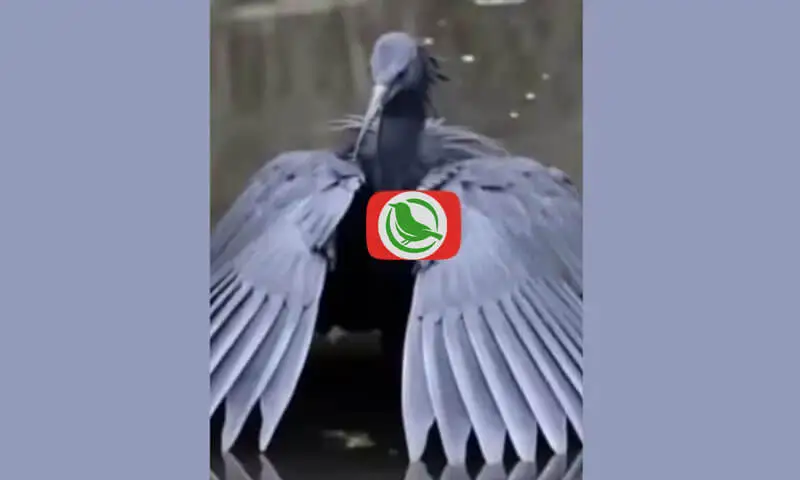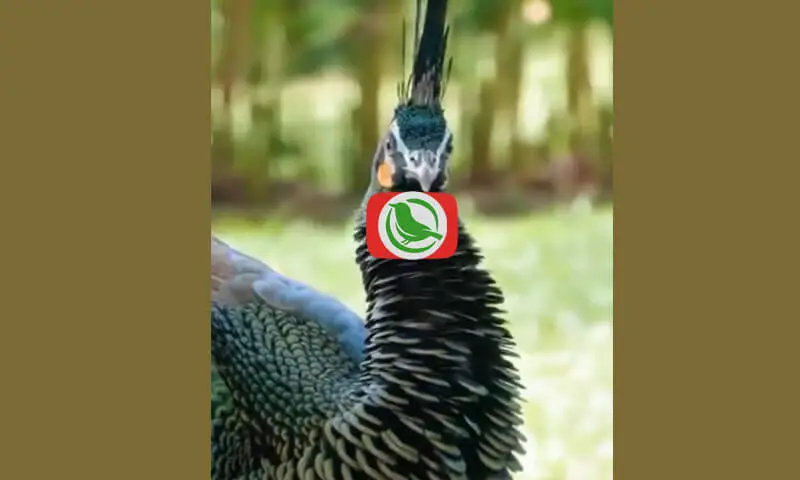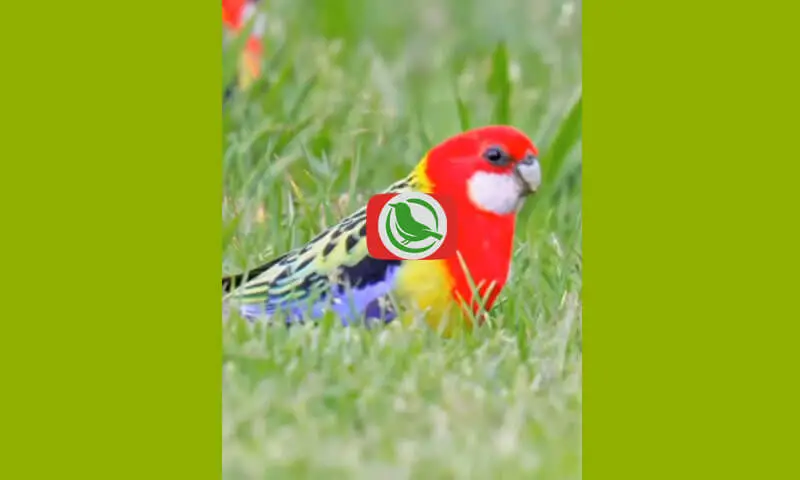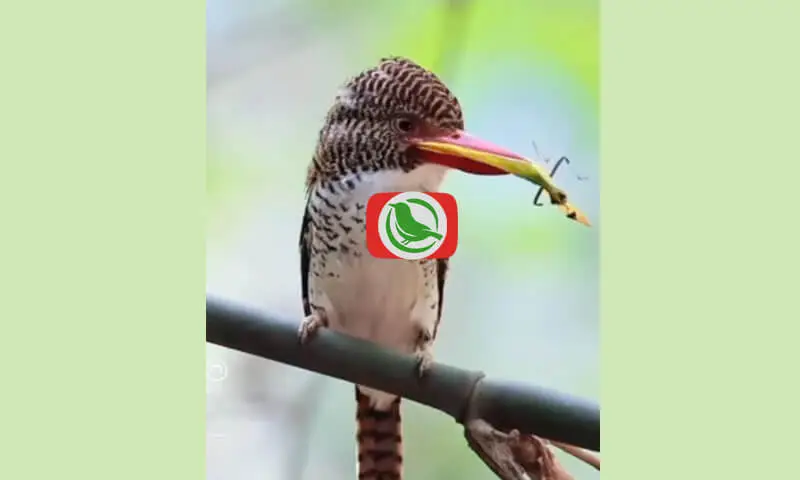The Bali Myna, scientifically known as Leucopsar rothschildi, is one of the most strikingly beautiful birds in the world, endemic to the island of Bali, Indonesia. This article explores their natural habitat, the conservation efforts in place to protect them, and the challenges they face in the wild.
Overview of the Bali Myna
The Bali Myna is easily recognized by its captivating white plumage, bright blue eye patches, and yellow wing tips. Standing about 25 cm tall, this bird is not only visually stunning but also holds significant ecological value. It is a symbol of Bali’s rich biodiversity and cultural heritage.
Natural Habitat
Geographic Distribution
The Bali Myna is primarily found in Bali, specifically in the western and central regions. Historically, these birds thrived in lowland forests and wooded areas, but their habitat has diminished significantly due to human activities.
Preferred Habitats
- Forest Edges: Bali Mynas prefer open woodlands and forest edges, where they can forage for food and find nesting sites.
- Plantations: They have also adapted to live in agricultural areas like fruit plantations, where they can access a variety of food sources.
Diet and Feeding Habits
The diet of the Bali Myna consists predominantly of:
- Fruits: They enjoy a variety of fruits, including figs and berries, which are abundant in their natural habitat.
- Insects: Their diet also includes insects, which provide essential protein, especially during breeding seasons.
Bali Mynas are foragers, often seen in small groups, searching for food among the foliage. Their feeding habits play a crucial role in seed dispersal, contributing to the health of their ecosystems.
Conservation Efforts
The Bali Myna is classified as Critically Endangered by the IUCN due to habitat loss and poaching. Various conservation initiatives have been launched to protect this iconic species.
Protected Areas
Efforts to safeguard the Bali Myna’s natural habitat include:
- Bali Barat National Park: This national park serves as a crucial refuge for the Bali Myna, providing a protected environment where they can thrive.
- Habitat Restoration Projects: Local organizations are working to restore degraded habitats to ensure that these birds have suitable living conditions.
Breeding Programs
Captive breeding programs have been established to increase the population of Bali Mynas. These initiatives focus on:
- Captive Breeding Facilities: Organizations like the Bali Bird Park engage in breeding programs aimed at releasing birds back into the wild.
- Education and Awareness: Raising awareness about the importance of the Bali Myna and the threats it faces encourages community involvement in conservation efforts.
Community Involvement
Local communities play a vital role in conservation. Initiatives include:
- Eco-Tourism: Promoting eco-tourism helps generate income for local populations while raising awareness about the importance of preserving the Bali Myna and its habitat.
- Workshops and Training: Training locals in sustainable practices and bird watching promotes a culture of conservation.
Threats Facing the Bali Myna
Despite ongoing conservation efforts, the Bali Myna faces several threats:
- Habitat Loss: Deforestation for agriculture and urban development continues to encroach on their natural habitats.
- Illegal Trade: The demand for Bali Mynas in the pet trade has led to significant population declines due to poaching.
Future Outlook
The future of the Bali Myna depends on continued conservation efforts, habitat restoration, and community involvement. By protecting their natural environments and raising awareness about their plight, we can help ensure that this beautiful bird continues to thrive in the wild.
Conclusion
The Bali Myna is more than just a stunning bird; it is a vital part of Bali’s ecosystem and cultural identity. Understanding their habitat needs and the conservation efforts in place is crucial for their survival. By supporting these initiatives, we can contribute to preserving the Bali Myna for future generations.





